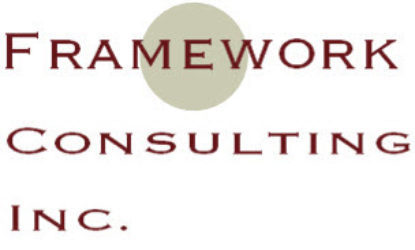Employee Productivity – Are you searching for psychological solutions to practical problems?
As an executive, have you fallen into the trap of looking for psycho-emotional solutions to issues of employee productivity? If so, you may need a fresh lens.
“I just don’t understand these people!”
While this is a common complaint in management ranks, it’s a bit of a racket. The complainer is going down a dead-end…a little like blaming one’s extra pounds on the abundant choices in the supermarket or juicy mangoes on the trees.
To wit, if you were to become magically capable of understanding your employees’ psychological drivers would you be able to motivate or better lead them? The answer might still be no, if the findings of reports such as Why Workers Won’t Work: A Case Study of Jamaica by Kenneth Carter are to be believed. Their performance has much to do with your actions, not their psychological state. Furthermore, due to COVID, we know that staff emotions are a roller-coaster.
Instead, try this: look for practical structures you are failing to craft. What are some actionable steps you should attempt? Here are 3 suggestions.
1 Construct Games at Scale
Many executives mistakenly believe that their employees won’t give discretionary effort. For them, the only thing that wakes them up is more money. Here’s a different twist: top leaders ruin engagement by diminishing gamified structures.
For example, on her way to the MD position, Rose had a mentor who helped her set one goal after another. Their regular meetings kept her on track, especially when she didn’t feel like giving an extra effort.
While it’s impossible to assign everyone a mentor, that’s not the point. The gamified approach to working unknowingly provided that added push Rose needed to stand out from her peers. In retrospect, she finds this hard to see, until she becomes a student of gamification.
Now, the game mechanics which she was lucky to benefit from are easier to appreciate: the measurable goals, the useful, timely feedback, the repeated challenges to hit the mark. And it’s not hard to notice where they are missing for employees, and where opportunities exist to insert them at will. In this context, luck plays a smaller role; intentional design becomes a tool.
Fortunately, in 2021 employees love gamified structure. When surveyed, they might not report this fact. But the most interesting parts of their lives are filled with the mechanics of good games: whether via sports, Instagram, or the church they attend. As such, they are living increasingly gamified lives, except for one place: their jobs. In MBA programmes, managers aren’t taught to manage a workforce of gamified employees.
As the CEO, teach your leaders how to set up games without using psychological language. With some creativity and commitment, they could become just as “sticky” as gambling addictions and video games.
2 Test Games
Managers who try gamification for the first time often adopt examples found in other environments. Unfortunately, it’s hard to find initial success being a copycat. Each corporate culture has its own dynamics which you must respect. But that’s no reason to surrender: instead, gamify your own gamification.
In other words, treat your effort to engage staff as a game for managers to play at the individual and collective levels. For example, within a particular department, encourage employee engagement experiments by supervisors. Reward the one who makes the most attempts, and the ones who succeed.
At the corporate level, promote games between departments to engage employees. But the intent here is not to crown a winner, but to determine which techniques work best. The fact is, the way to discover the handful of successful approaches is to learn from lots of failed experiments.
At a loss for what to gamify? Look for aspects of your work such as meetings and email that are hated across the board. When you construct your games around such public defects which affect everyone, you’ll be starting with areas of high commitment. They should sell themselves and have an impact because they are actually well-disguised improvement programmes. (Definitely don’t focus on pastimes or distractions such as dominoes, which are not included in business processes.)
If this all sounds like it’s easy, I assure you that this is not the case. In Caribbean companies, the challenges around engagement are deeply embedded in our region’s history and culture. However, the solutions do not require additional psychological insight, just strong doses of courage and creativity.
Why? In this case, the pathway to discovering what works runs through a thicket of things that don’t. You must be brave to deal with lots of failure in this area on your way to success. The good news is that if you endure, you’ll be creating practical solutions.

